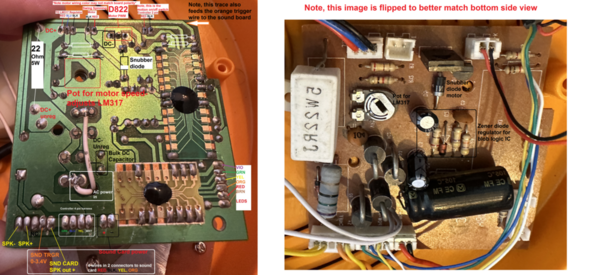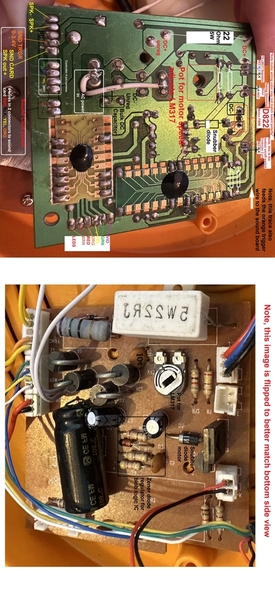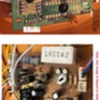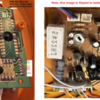FWIW, @stan2004 posted this https://ogrforum.ogaugerr.com/...28#58164985216135228
and yes, I own one of these and had it apart, our club has one too so I was familiar with the components- just do not have a wiring diagram or "schematic"
So to your question, the sound board definitely appears to be closely related to the typical "trainsounds" style board.

You'll note that unlike a diesel, electric, or steam trainsounds board- this has less pins and connectors because there is no speed sensor plug.
Now granted, I'm going off of everything I know and can be wrong, but seeing a 2 pin connector and a 4 pin connector, the 2 pin is likely power input, and the 4 pin, 2 are for speaker, and 2 are for volume pot (just using a pot as a variable resistor- 2 legs wiper and one end of the resistance trace).
Edit- got that above completely wrong. The 2 pin connector is DC power. The 4 pin connector, only 2 pins used, yellow is speaker+ and speaker minus is common to black DC input. Orange wire is a trigger wire to change between the 2 songs and reset when ride stops.

Again, we know the controller has a volume pot- so that makes sense, it's the bare minimum of connections.
Last, I'm hoping if you flip the board over, on the backside Lionel was putting tiny silkscreen labels near the pins. Again, I do not have a board in front of me to validate, but if you can, take a high resolution photo of the backside of yours.
Does anybody have info on this board, specifically pin functions?I can guess the pinout but hoping there is silkscreen on the backside of the board near the pins with labeled pin function.
I know the board provides sound, but I'm curious what other functions, if any, it may be providing. No other function I can see. The motor is controlled by the OTHER board and regulator.
George
Again, in this photo, the left most board is what ramps up the motor speed, then slows it back down periodically to control the motion of the ride. The large transistor regulator is part of that motor control. The middle board is the sound board and based on pin count- only provides sound.


























